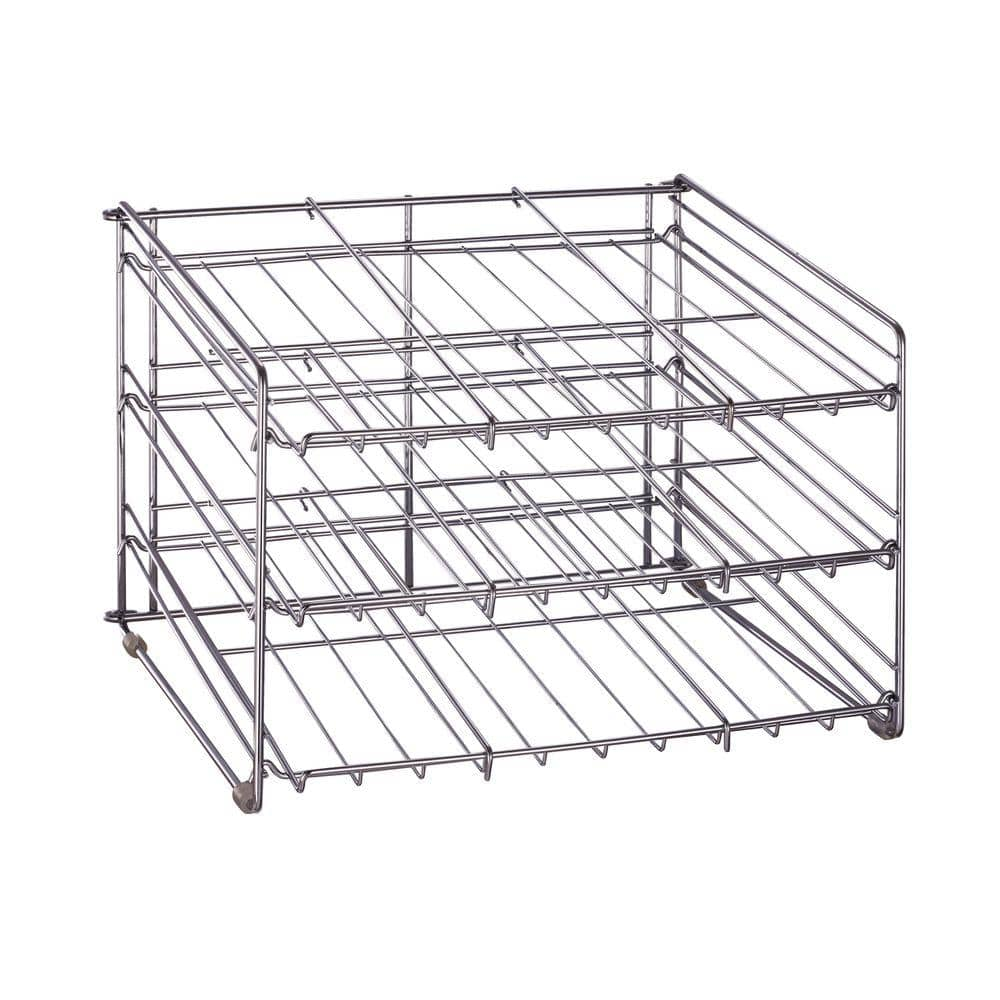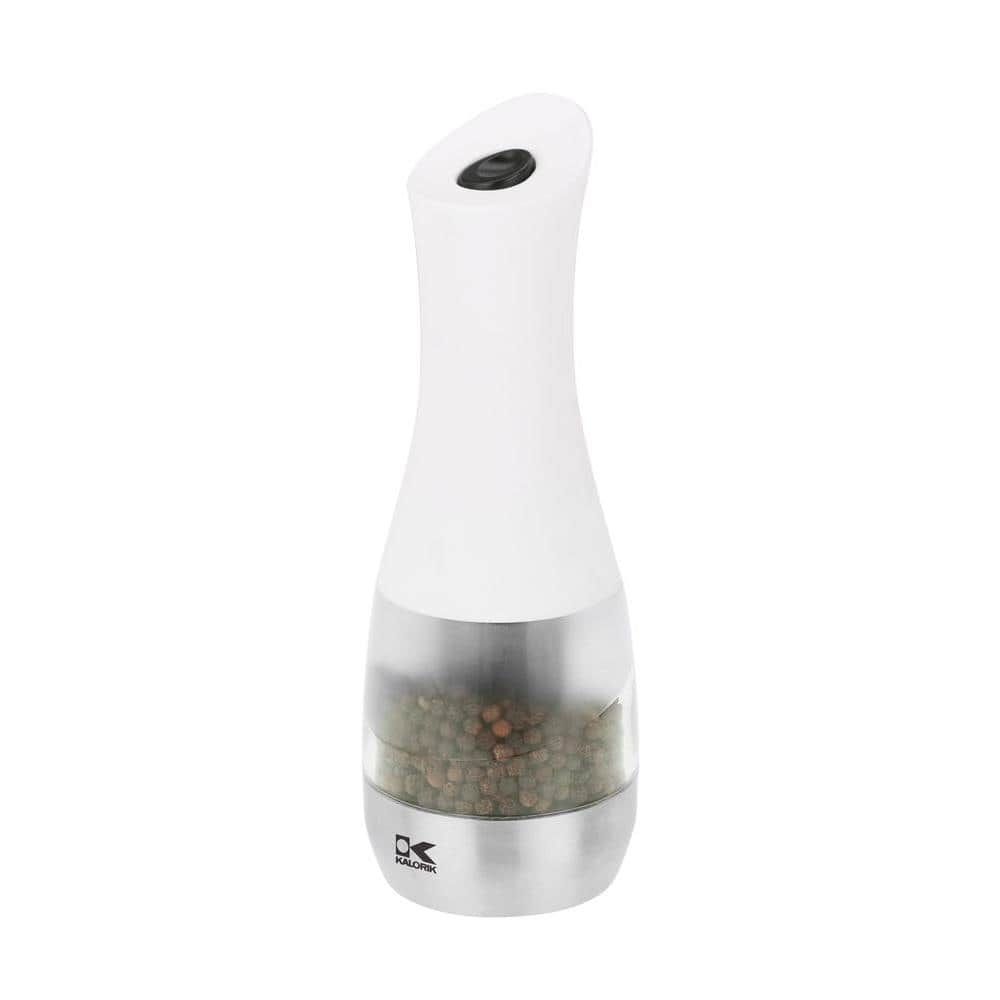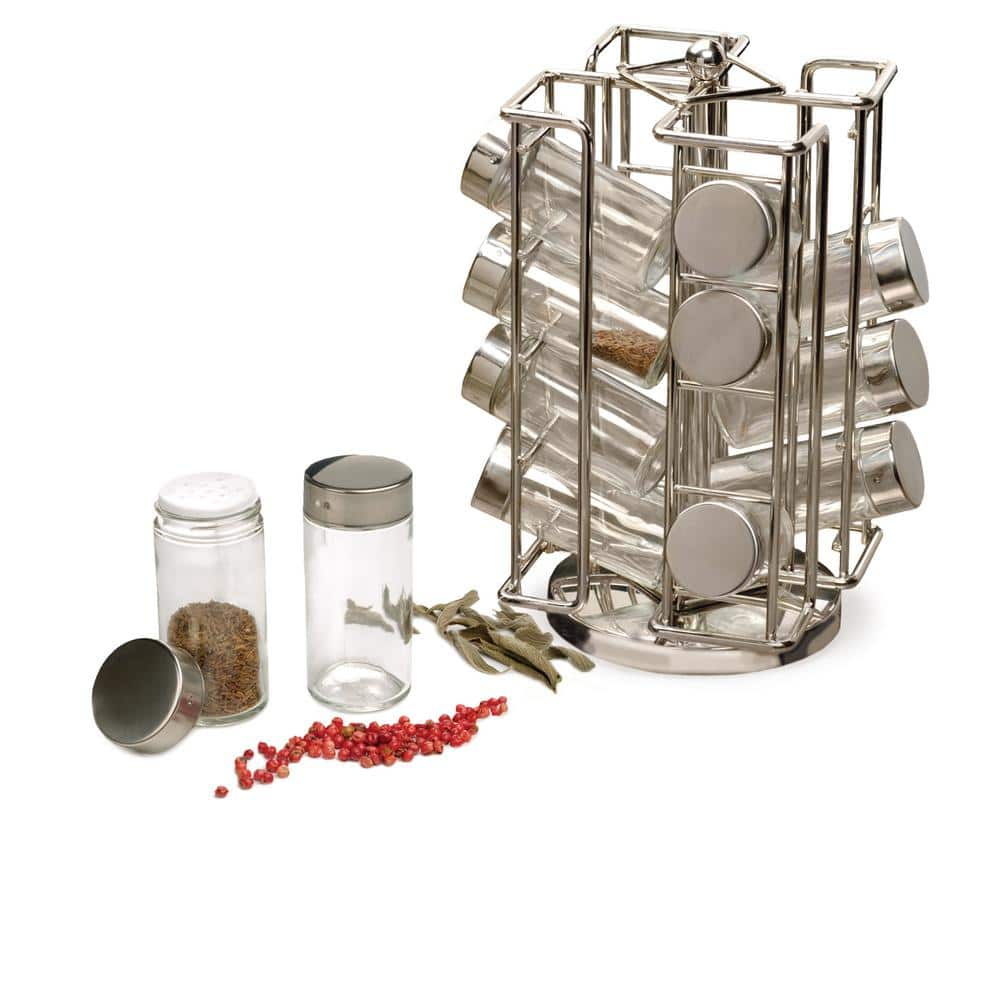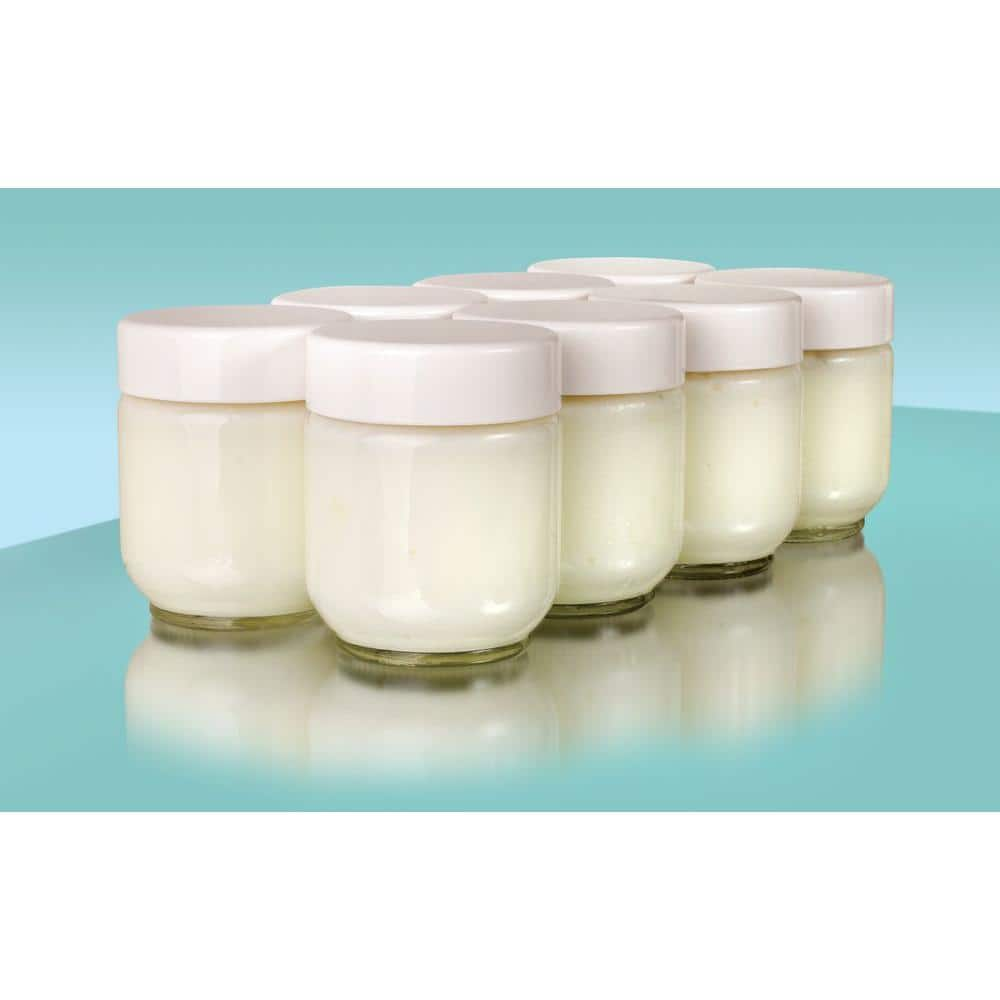How to Build a Well-Stocked Pantry

Last updated September 7, 2023
A well-stocked pantry is the key to a productive kitchen. Fill your cabinets with non-perishable goods and other essentials to ensure you can put a nutritious meal together at any given time.
When building a pantry to maximize your meals, you’ll want to keep a few things in mind aside from just checking items off your grocery list. This guide will teach you how to build a well-stocked pantry as well as share tips for creating space for food staples, choosing containers and making the most of your pantry.
Table of Contents
Make a Clean Start
Cooking Staples
Bring on the Baking Supplies and Nut Butters
Count on Canned Goods
Stockpile Spices, Sweeteners and Condiments
Beyond the Basics
Make a Clean Start
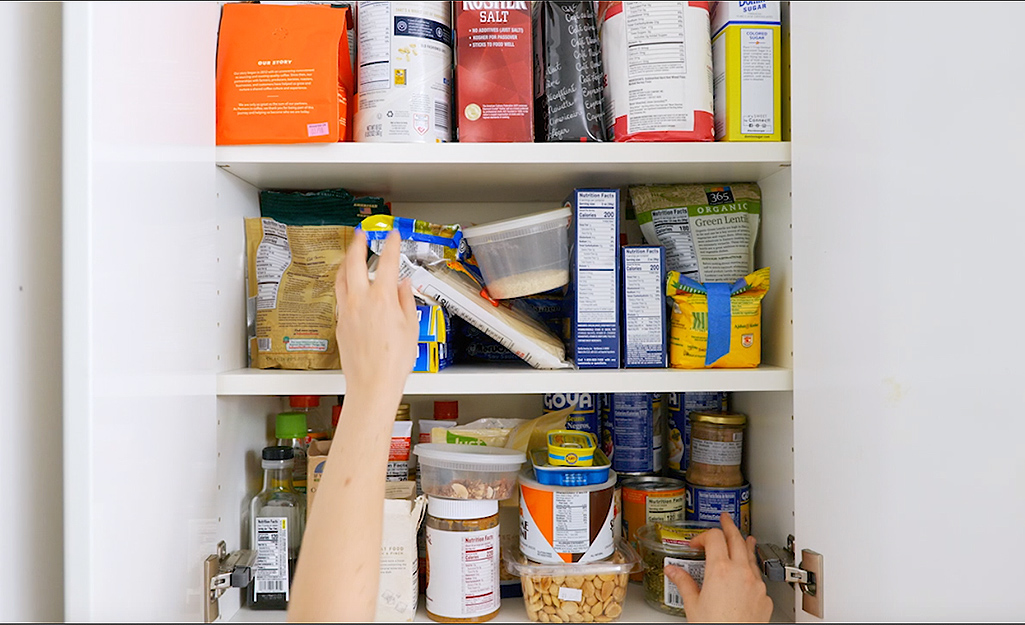
The one thing that can help make meal prep a streamlined process is a well-maintained pantry. Having all the essentials and organizing them in a way that encourages you to use items (rather than forget them) will make cooking meals easier and quicker.
Here are a few things you should do to build and keep an organized pantry:
- Remove every item from your cupboard and wipe down the shelves.
- Inspect each item and get rid of the ones that are past their expiration date or remove those that don't look good any longer.
- Consider the food items you'll enjoy within the next six months. If the answer is no, toss it, drop it off at a friend’s house or (if it’s unopened and hasn’t reached its sell-by date yet) donate it to a local food bank.
- Create some space. Storage superstars like Lazy Susans ensure that every spice, canned good and bottle gets a spot that can be easily found. If you’ve got unused space in between shelves, an under-shelf storage basket provides an easy fix.
- Using clear food storage containersnot only encourages you to use up what you have, but reminds you when it’s time to buy more. Remove nuts, pasta and cereal from bulky packaging and store them in food-safe (BPA-free) plastic containers.
- Get label happy. Label everything using blue painter's tape and a permanent maker. Simply write the name of the food and the date set aside in the pantry so you'll know what it is and how fresh it is upon use.
- Create a system that works for you. While we encourage storing like items with other like items, there is no wrong or right way to sort out your essentials. Since everyone cooks differently, create a lineup that is organized and efficient based on your needs as well as the basic tips we just covered.
Now that you know how to organize your items, let's take a look at exactly what essentials you should stock up on.
Cooking Staples
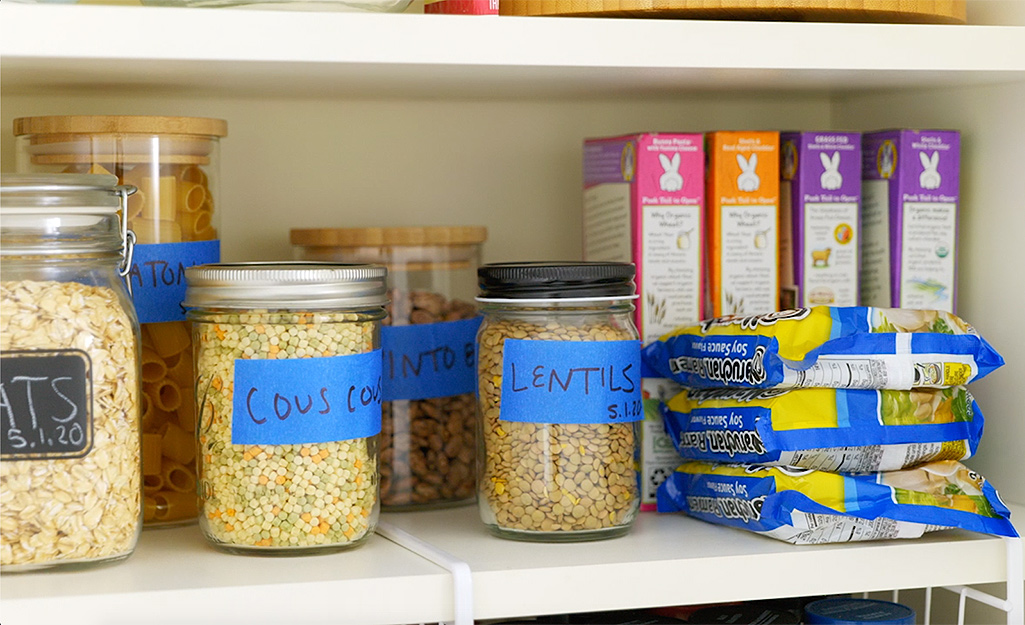
Certain food items are staples that need to be included in every pantry, whether you're a beginner cook or a pro. Consider these your meal foundations that add flavor and help you create your daily eats.
- Oils like extra virgin olive, coconut, avocado and sesame
- Vinegars such as red wine, apple cider, rice vinegar and balsamic
- Broths and soups
- Grains such as quinoa, couscous and brown rice
- Oats
- Dried beans like lentils
- Pasta like penne, ramen noodles, spaghetti and orzo
- Crackers
- Garlic, shallots and onions (should be stored in a cool, dry place like a pantry or cupboard)
- Potatoes (when in season)
Bring on the Baking Supplies and Nut Butters

Baking supplies always come in handy whether you're trying to perfect your pie skills or simply baking with the family for fun. Nuts and nut butters can serve as a snack time solution or liven up a slice of bland toast.
Here's a quick rundown of basic dry goods and baking supplies to keep in the kitchen.
- Seeds/nuts (almonds, walnuts, peanuts, cashews and more)
- Nut butters (almond, peanut, cashew)
- All-purpose flour (almond, coconut, or rice flour, depending on your dietary needs)
- Sugar (brown and granulated)
- Vanilla extract
- Baking soda
- Baking powder
Keep in mind, these are just the basics. More experienced cooks or bakers may consider essential to their kitchen other items like cocoa powder, yeast, or gelatin.
Tip: Be sure to remove dry goods like dry beans, pasta, flour and sugar from their packaging and store them in clear containers.
Count on Canned Goods
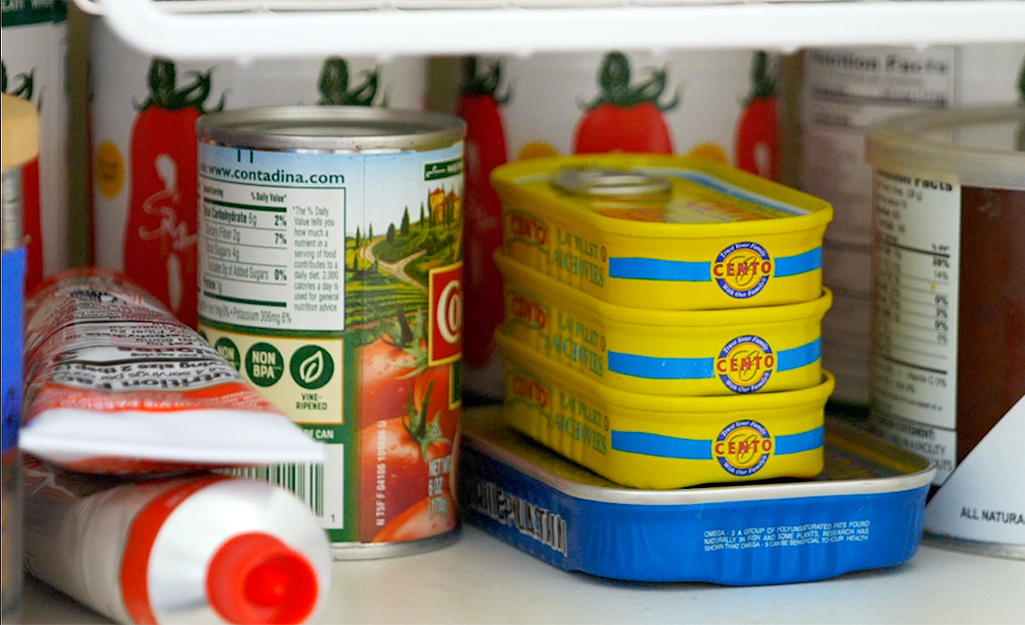
Always at the front of mind when you think of non-perishable foods, canned goods can be a whole meal on their own or add a boost of protein to other dishes. Here's a look at what canned goods to add to your cooking arsenal.
- Canned meat or fish
(salmon, tuna, or chicken) - Canned vegetables
- Soup
- Beans
- Lentils
- Canned (or boxed) milk (coconut and other types are great for cooking or for emergency use)
- Canned tomatoes (diced, pureed, or paste)
Tip: Certain items are used often, like canned tomatoes, soup and some types of beans. When you can, buy in bulk so you'll always have these meal makers on hand. And keep like items with like items.
Stockpile Spices, Sweeteners and Condiments
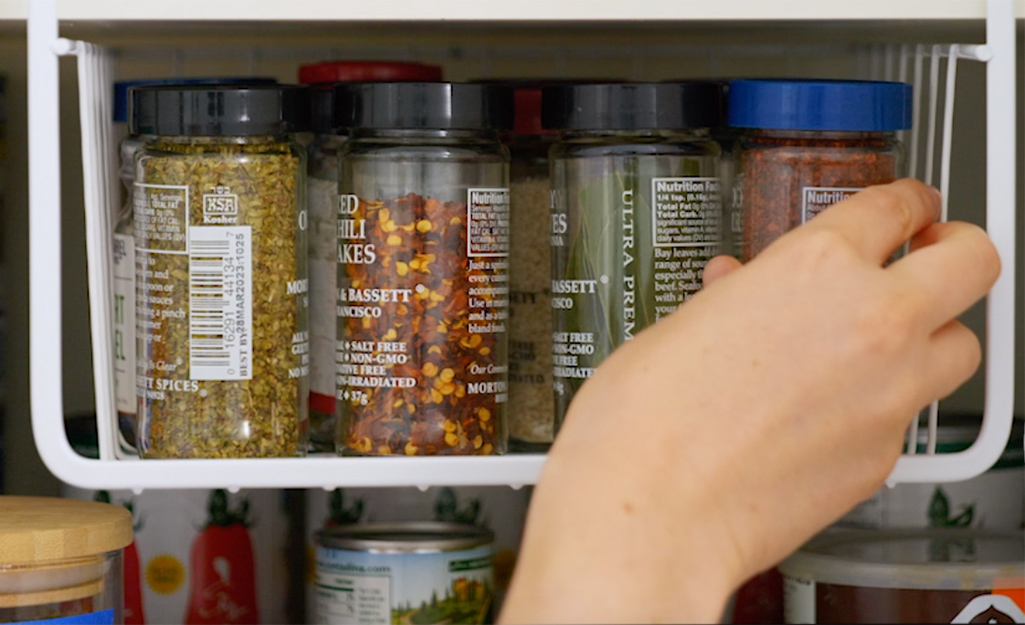
A good spice or two goes a long way in making a delicious meal, while certain sweeteners and condiments can add a new and exciting flavor to ordinary dishes.
Use an add-on shelf or in-cabinet spice rack for simpler storage. For a larger pantry, you may want to consider keeping separate sweet and savory sections, so you'll know exactly where to find something when you’re ready to start a project.
Let's take a look at the basics to have when you want to add a boost to your everyday meals or special occasions:
- Salt
- Pepper
- Basil
- Oregano
- Sage
- Paprika
- Parsley
- Cinnamon
- Garlic powder
- Rosemary
- Ginger
- Nutmeg
- Chili powder
- Cumin
- Red pepper flakes
- Bay leaves
- Honey
- Soy sauce or tamari
- Pure maple syrup
- Dijon or brown mustard
- Jams/jellies/preserves
- Hot sauce
- Maple syrup
When it comes to holiday baking, you don't want to forget sultry flavorings that add depth, like allspice, clove, mulling spices and pumpkin pie spice. These spices can leave behind a lovely aromatic scent in your home, while imparting a delicious taste in your meal your family will love.
Tip: Spices you use regularly will be fine pre-ground and last for up to six months as long as you follow proper storage rules.
Beyond the Basics
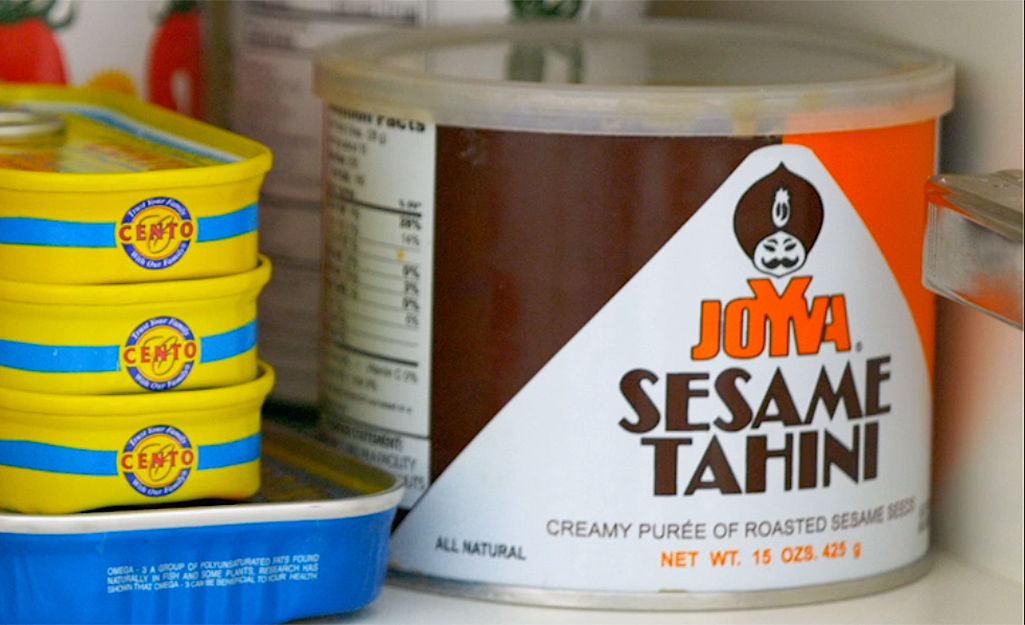
The more of a home cook you are, the broader your ideas for what makes a pantry staple. Basic items like white flour may be stockpiled next to jars of active dry yeast. Similarly, while most people will keep soy sauce on hand, your pantry needs may require fish sauce, chutney, wasabi and other items.
If you consider yourself more of an expert, here are a few pantry staples to help you get by in a pinch:
- Tahini paste
- Cilantro
- Cardamom
- Canned anchovies or sardines
- Five-spice powder
- Harissa
- Pine nuts
- Kimchi
A well-stocked and well-organized pantry takes the guesswork out of writing grocery lists and preparing meals. Looking for jars to store pasta or a shelf rack for your spices? Download The Home Depot Mobile App and get the pantry supplies you need. The Home Depot has options to deliver online orders when and where you need them.
